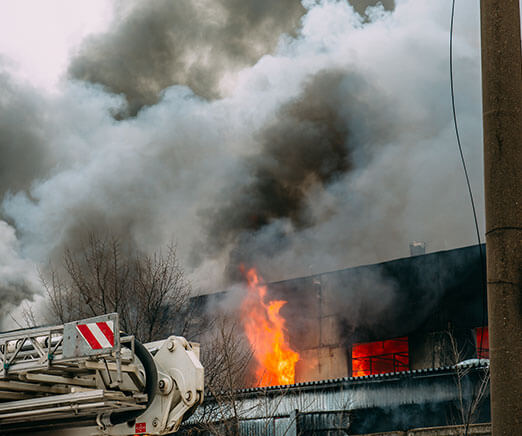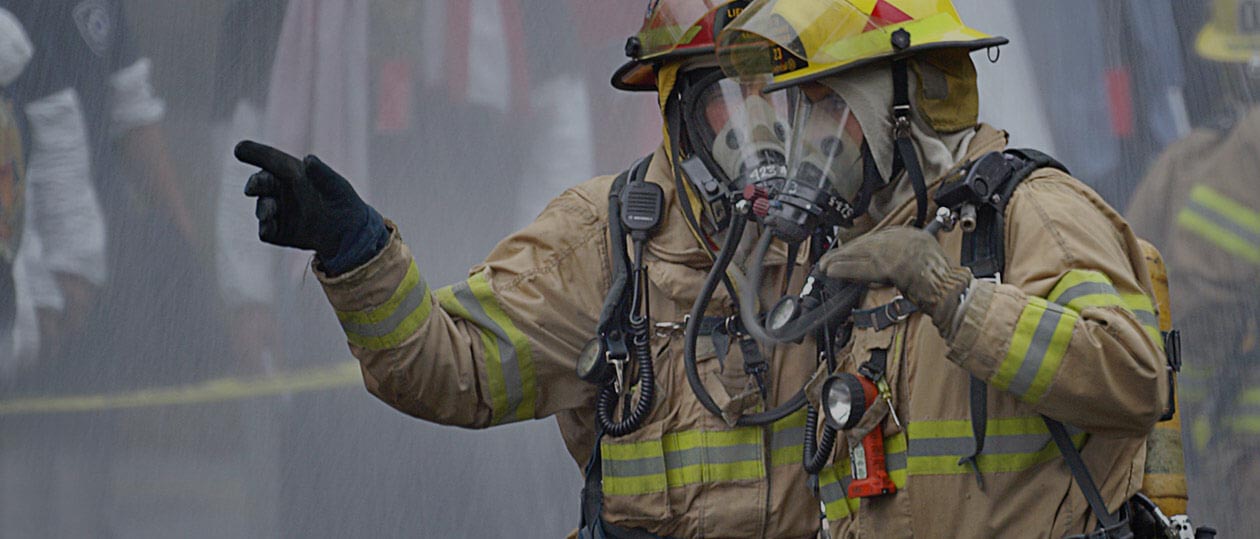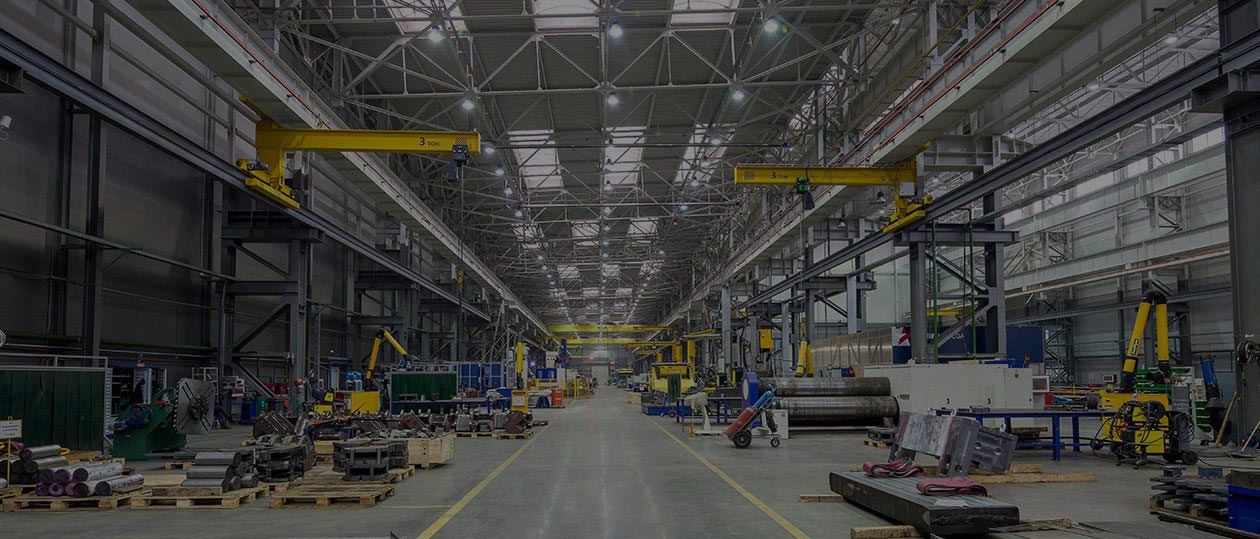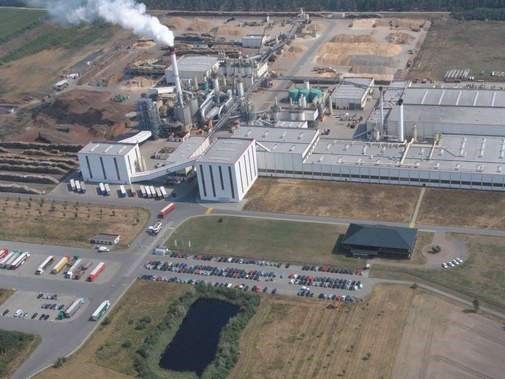Search
Powdered Milk Dust Cloud Explosion – Combustible Dust
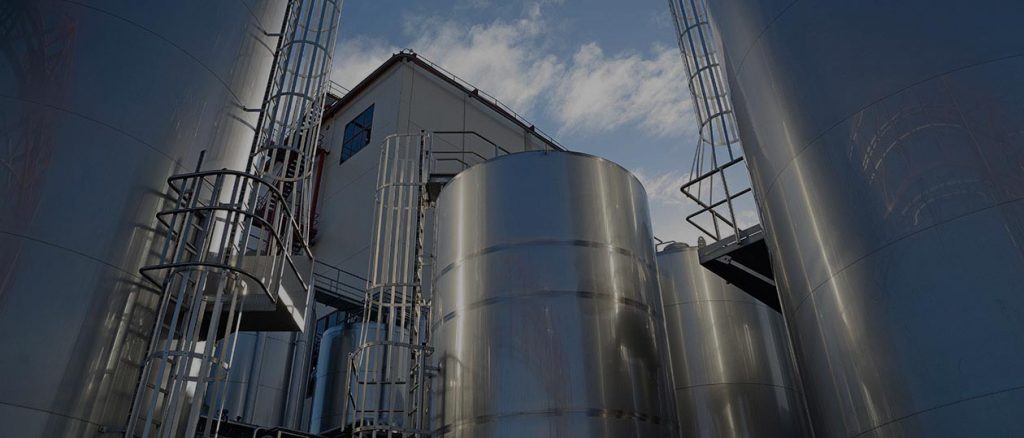
October 28, 2018
No injuries at powdered-milk plant in industrial park; friction from powder may have sparked blaze
Stonehouse Process Safety commentary: Spray driers, in general, have been the source of many dust fires and explosions over the years, yet it is a surprise to many people that many materials like milk powder will give rise to an explosion hazard when dispersed in the air. A sufficiently energetic ignition source is required to start a fire or an explosion, and a friction spark is an example of one such ignition source, but milk powder can also create its own ignition source through self-heating. There are practical techniques available to reduce the likelihood of friction sparking and self-heating taking place, but explosion protection is generally also required.
The following text by VALERIE GIBBONS [[email protected]] has been redacted to remove company names.
“An explosion in an eight-story milk-evaporation tower blew out a wall, sparked a blaze and forced the evacuation of the dairy plant in the Visalia Industrial Park Monday morning. There were no injuries.
The plant, which opened in January, produces powdered milk. It employs about 75 people and boasts the largest evaporative “dry unit” in North America.
Evaporative milk is made by spraying tiny droplets of condensed milk into a heated tower. As the water is baked out of the milk, it turns into a fine powder.
‘A significant explosion’
Officials with the Visalia Fire Department believe friction from the powder as it moved throughout the tower sparked the explosion and fire. The incident on the tower’s fourth floor occurred just before 10 a.m.
“It was a significant explosion,” Visalia Fire Chief Mark Nelson said. “It blew out a panel of the wall, which is designed to blow out in case there is an explosion. It did what it was supposed to do.” The structural integrity of the tower was not compromised,” Nelson said.
The plant was evacuated and safety officials counted the workers as they gathered in the facility’s west parking lot. Smoke could be seen billowing from of the tower’s ventilation shafts.
“Sprinklers in the unit contained the fire for nearly an hour while firefighters ventured deep into the tower to find its source,” Nelson said.

Get in touch
To learn more about our expertise and services in dust explosion prevention & mitigation, call us at +1 609 455 0001 or email us at [email protected] today.
We also offer tailored virtual and in-company process safety training programs on Dust Explosions, Static Electricity and HAC (Hazardous Area Classification) and more. Find further information here.
We use cookies to help us enhance your experience on our website. By clicking “Accept,” you consent to our use of cookies. Read our Privacy Policy for more.








